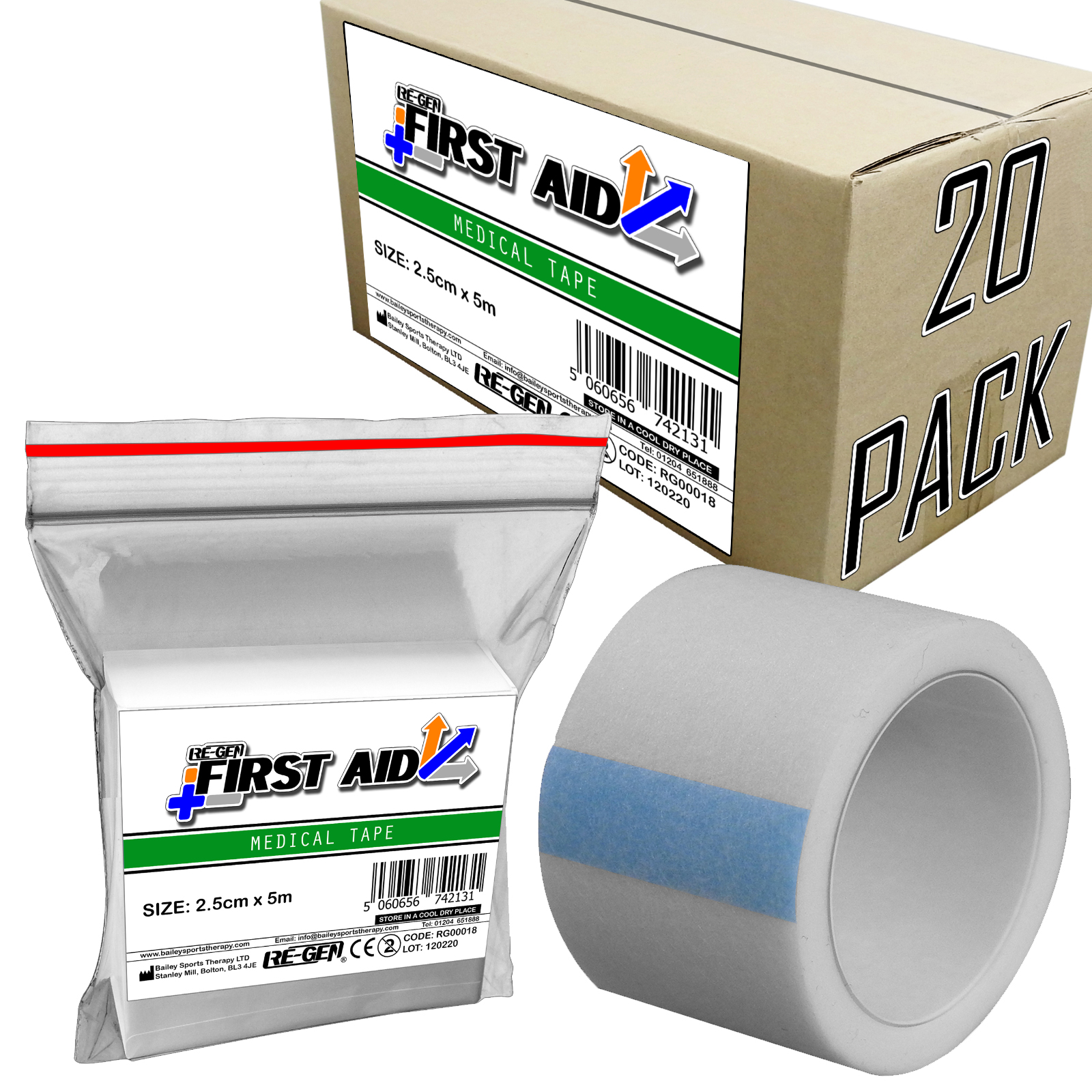

Patients can freely move with the tape in place without worry of detaching the tape itself.
#Medical tape allergy skin
This ingredient soothes the skin and helps protect it while the adhesive attaches to the skin. Hy-Tape is designed with zinc-oxide, a common chemical in sunscreen. It’s designed to be sensitive to all types of skin and helps to avoid skin damage of every type. Hy-Tape is the best tape on the market today for use as surgical tape. Use Hy-Tape to help avoid skin irritation of all kinds Reducing chances of problem – Remove hair from the area before applying tape. Bacteria can become stuck in the follicles, causing skin irritation or damage. Problem cause – Irritation of the hair follicles is typically caused by having but it can also be activated by surgical tape. Reducing chances of problem – Ensuring the skin is completely dry before applying tape,using clean tape and replace tape if it becomes dirty, cleaning the skin thoroughly before applying tape, using breathable tape to help aerate the skin. The skin can be more easily damaged, leaving raw, exposed skin behind the macerated skin is scratched away. Problem cause – When water or liquid soaks into the skin and softens the cells, maceration occurs. Reducing chances of problem – Checking the patient’s allergy history before choosing a surgical tape,using tapes with no known allergens. The skin may feature erosions or vesicles. Problem cause – Chemicals within the surgical tape cause an allergic reaction on the patient’s skin. Skin problem – Contact dermatitis (allergic) Reducing chances of problem – Avoiding using tackifiers before taping the skin, ensuring the skin is clean and dry before applying tape, using skin-sensitive tape like Hy-Tape. When the tape is removed, the skin may look red and irritated, and be sensitive to the touch. Problem cause – Chemicals within the tape or preparatory materials can become trapped between the skin and tape. Skin problem – Contact dermatitis (non-allergic) Reducing chances of problem – Cleaning and drying skin before tape application, using hypoallergenic tape, using lower-level adhesive tape. When the tape is removed, a small amount of skin is removed as well, causing more irritation with each removal. Problem cause – Regular reapplication of tape to the same area of skin. Reducing chances of problem – Applying tape evenly over the skin with little tension, using stretchable tape like Hy-Tape that will move more freely, be mindful of patients with thin skin or other skin issues. Too much pressure on the skin can lead to blistering and marks on the skin when the tape is removed. Problem cause – Wrapping tape over the skin before application can lead to tension underneath the tape. In the list below, we’ll discuss a few of the most common skin issues that arise due to the use of surgical tape: Skin damage or irritation comes in a variety of forms and is brought on by a variety of issues. Types of skin irritations caused by surgical tape Knowing about the patient’s allergies and examining their skin before applying tape can greatly reduce the chances of skin damage or irritation during or after surgery. It’s vital that caregivers discuss their patient’s skin conditions before using certain surgical tapes. Still others may not have any issues at all but the tape is removed quickly or prematurely, causing damage to the surface. Others may have thin skin that becomes easily damaged from any friction. Some patients may have an allergic reaction to ingredients in the tape. Causes of skin irritation from surgical tapeĪ lot of factors can play into skin irritation and skin damage caused by surgical tape. Using skin-sensitive tapes such as Hy-Tape can help reduce the chances of serious skin damage for surgery patients. While some skin irritations may fade with time, others may cause permanent scarring or pain issues for the patient. It’s important for caregivers to be mindful of the risks involved with using surgical tape of any kind when working with a patient.

As with any tape exposure to the skin, there is a risk of skin damage in the process. Surgery often requires the use of surgical tape on various parts of the patient’s body.


 0 kommentar(er)
0 kommentar(er)
